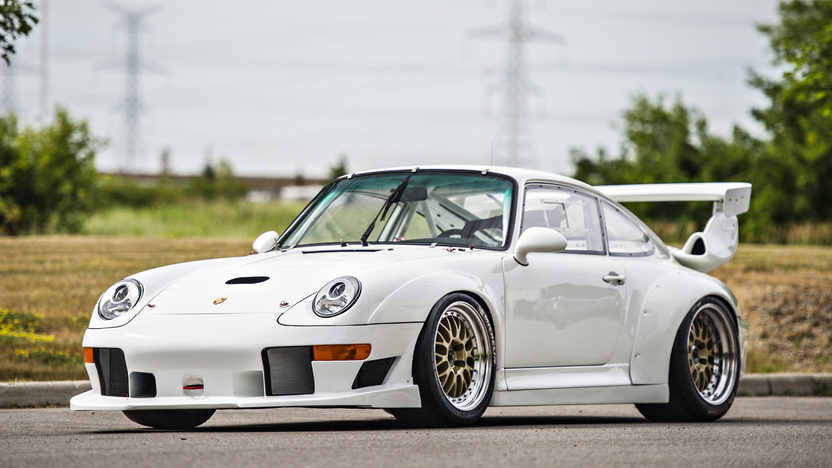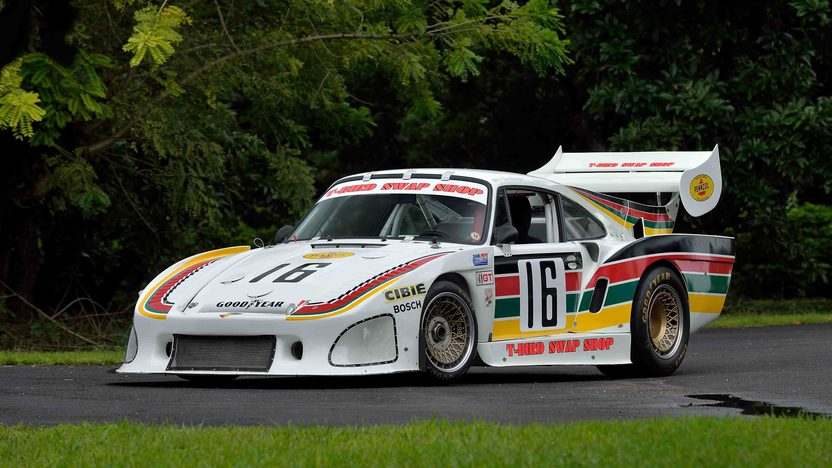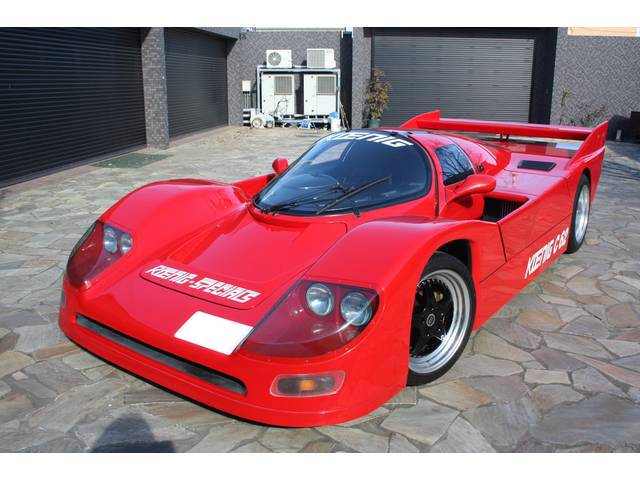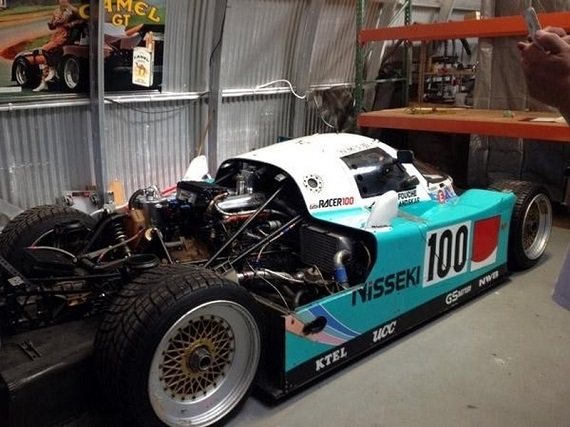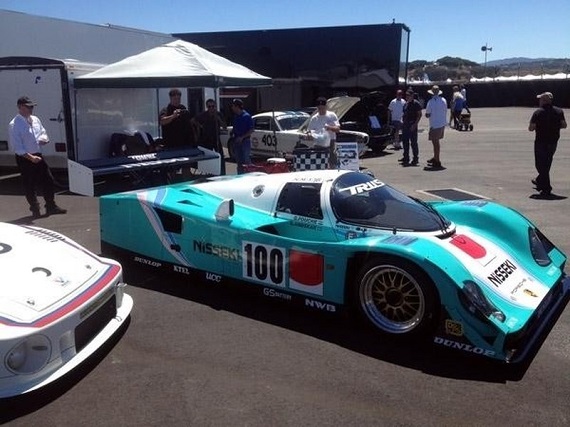As Rob mentioned in his Jade Green Targa piece the other day, we’re entering in quickly to auction season. Mecum, typically the purveyors of more muscle cars than European rides, nonetheless had quite an impressive lineup of signification Porsche race models that cover a few decades and many changes in the company’s history, so I thought it would be pretty neat to take a look at them. It’s very interesting to see over a relatively short period of time the many changes that Porsche’s motorsports programs have gone through.
Tag: Group C
As a young man, I spent countless hours dreaming of blasting down the Mulsanne in a Rothman’s 962 Group C car chasing Hans Stuck. But I was not alone; the dream of driving the legendary and most successful Group C car was that of many across the world. Some of those who dreamed had the means to make it happen, too – and in one of the strangest prototype twists I think ever, multiple road going versions of the 962 saw the light of day from different tuner companies. There was the DP Motorsports version – effectively, just a race-going 962 with some tread on the tires. There was the “Derek Bell Signature Edition 962, too – which looked the part but built on chassis numbers alone with a GT2 motor. Then there was the ex-Porsche racer Vern Schuppan’s version called the 962CR. The most radical, it looked like a 962 had spent a drunken night with a 959. There was also the very interesting tale of the Dauer 962 – ironically, turned into a road car so that it could exploit a loophole in the rule book to be turned back into a race-winning car at Le Mans. Indeed, for several years during the supercar boom in the late 1980s and early 1990s, it seemed that a new version of a road going 962 came out every few months. But the first of all of these was from reviled tuner Koenig Specials, who in a departure from their typical formula of “just add Testarossa slats everywhere” introduced a thinny veiled race car for the road:
CLICK FOR DETAILS: 1991 Koenig C62 on GooNet Exchange
Comments closedWhen pondering this Porsche 962, I couldn’t help but try to analyze why I romanticize about the Group C era so much. For the best part of a decade, if you wanted to win in Group C, there was really only one car to drive – the Porsche 956/962. Sure, there were inter-team and extra-team battles between full factory and privateer efforts, but let’s just say that the diversity at the end of the race was not particularly staggering. Then there was attrition; both with cars and drivers, as this seriously dangerous time period moving heavily into aerodynamics revealed the fragility of not only the engineering, but the humans that attempted to control it. Yet, combining some great liveries, a swoopy, low-slung body, some gold BBS magnesium wheels (or better yet, the BBS Turbofans!) is still the most iconic period in endurance racing in my mind. This is somewhat ironic, since with the WEC today we’re witnessing what is arguably the best racing the series has ever seen with the fastest endurance cars ever produced; often in the 1980s, it was who made it to the end without breaking, crashing or running out of gas. But today, it’s an all-out 6-24 hour sprint as Porsche, Audi and Toyota take three different ethos of building and designing a “hybrid” car and bring them to fans attention. Spectacular? You sure bet it is, and there’s no guarantee of who will win. Yet, when my eyes flash across a 962, I get a flutter in my heart that I just don’t feel looking at the new generation of cars:
CLICK FOR DETAILS: 1987 Porsche 962C on eBay
1 CommentEntering the world of vintage race Porsches is never a cheap thing, but especially when you come to the quite popular era of the turbocharged 935 cars or the 956/962 prototypes, you’re easily talking about millions of dollars to get into them. However, just outside the realm of the factory cars lie a few specials that were built utilizing factory know how, parts and technology; indeed, in some cases they were faster than the factory offerings. Few were quite as good as the Kremer modified 935s, arguably the ultimate evolution of the turbocharged 911. However, the 935 was really on its way out of the limelight in the early 1980s, replaced by a new formula of prototypes that the factory was throwing its weight behind. As a stop-gap measure until the all-new 956 was released, Kremer and Joest both took the existing – and Le Mans winning – 936 open cockpit racer and modified it into a closed cockpit prototype to the regulations. In the case of Kremer, the new car shared the title with the previous Kremer 936 replicas; it was called the CK5 – C for Group C, K5 for the fifth evolution of their 935 design:
